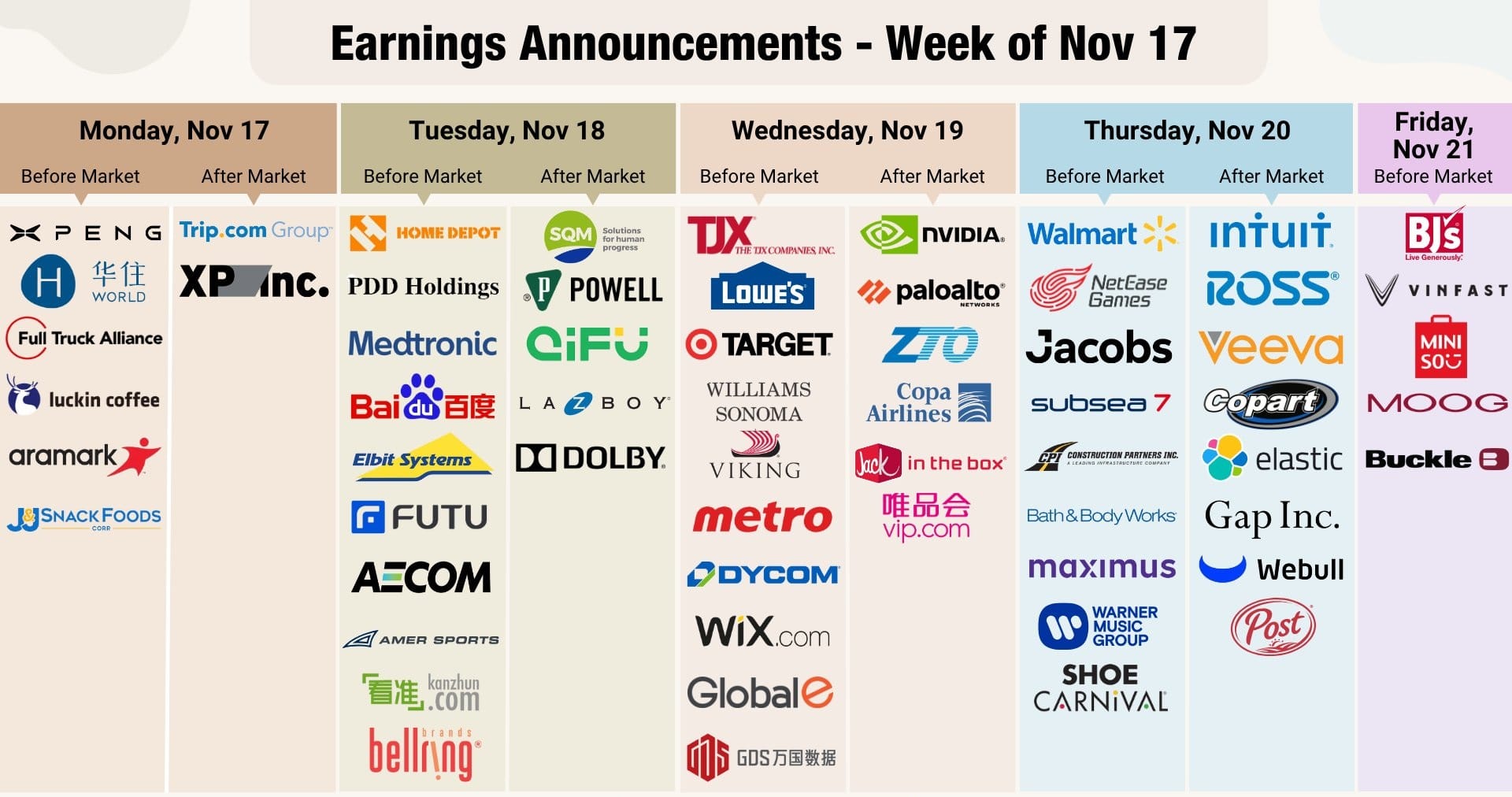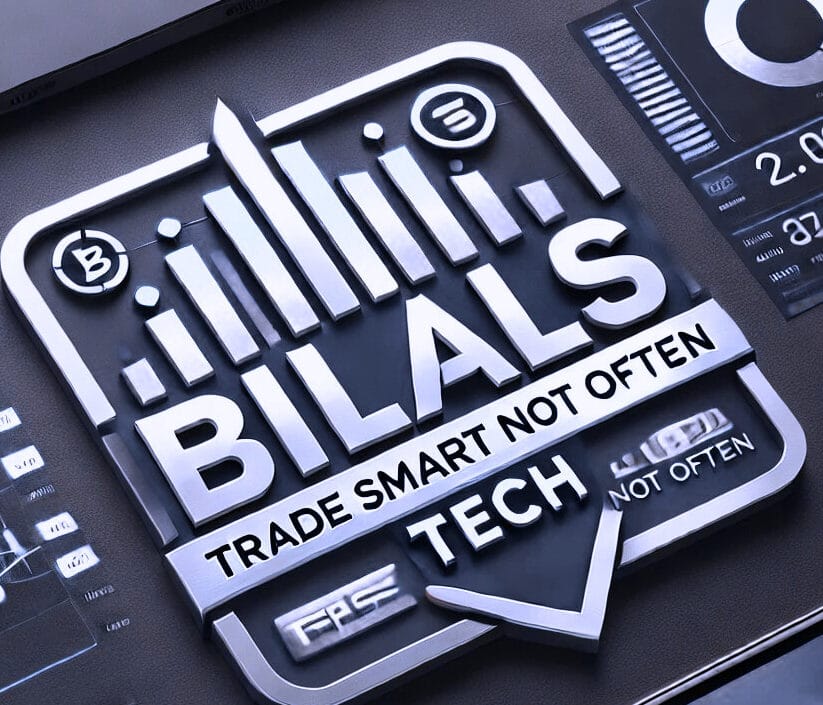The Return of the Trade War Shockwave
Trade War tensions have once again ignited fear in the global economy, sending shockwaves through every major financial market. What began as a single statement on social media has cascaded into one of the most volatile trading weeks of the year, reshaping investor sentiment, commodity prices, and monetary policy expectations.
From New York to Hong Kong, the ripples are unmistakable. The renewed conflict between the United States and China—the world’s two largest economies—has thrust traders, policymakers, and corporations into a vortex of uncertainty. As economic fragility deepens, questions arise: Is this the beginning of a prolonged confrontation, or a short-term tremor before calm returns?
This analysis unpacks the latest Trade War escalation, its far-reaching effects on equities, currencies, commodities, and central banks, and offers insight into how investors can navigate the turbulence ahead.

The Spark That Lit the Fuse: Trade War 2.0
The latest bout of market panic was triggered by incendiary remarks from former U.S. President Donald Trump, who announced via social media a “massive” increase in tariffs on Chinese imports. The comments were a direct retaliation against Beijing’s decision to expand export controls on rare earth elements—vital materials used in semiconductors, defense systems, and consumer electronics.
Trump’s declaration that there was “no reason” to proceed with upcoming talks with Chinese President Xi Jinping marked a decisive breakdown in diplomacy. The resulting fallout revived fears of a Trade War on a scale unseen since 2018.
Rare earths may seem obscure, but they underpin modern technology. With China controlling roughly 60% of global mining and 85% of refining capacity, its export curbs sent an unmistakable message: Beijing is willing to weaponize its resource advantage. Washington’s retaliatory tariffs followed within hours, leaving investors bracing for deeper economic fractures.
Market reaction was swift and brutal. The Dow Jones Industrial Average fell 1.9%, the S&P 500 lost 2.7%, and the Nasdaq plunged 3.6%. Similar declines rippled through Europe and Asia, with Tokyo, Hong Kong, and London all closing sharply lower. Analysts described the reaction as “sell first, ask questions later,” underscoring how deeply entrenched geopolitical tensions have become in market psychology.
Equity Markets in Turmoil: Fear Takes the Wheel
The renewed Trade War shock triggered one of the sharpest global equity declines in months. Technology, semiconductor, and industrial sectors bore the brunt of losses as investors rushed to reduce exposure to global supply chains.
Super Micro Computer Inc. plunged over 8%, Teradyne Inc. tumbled 8%, and even agricultural giant Mosaic Co. lost more than 9% amid fears of disrupted fertilizer exports. Meanwhile, defensive consumer staples like PepsiCo and Philip Morris posted gains, as money rotated toward companies less exposed to trade flows.
This sectoral split tells a deeper story: investors are no longer trading based solely on earnings or growth projections, but on geopolitical risk itself. As trade barriers rise, companies with domestic revenue streams and resilient balance sheets are becoming safe havens in their own right.

Fixed Income: The Great Flight to Safety
The Trade War revival fueled a dramatic rally in government bonds as investors sought refuge from stock market chaos. U.S. Treasury yields plummeted, with the 10-year note falling to 4.06% and the 2-year yield sliding to 3.52%.
Such movements reflect two fears: that global growth will slow sharply, and that the Federal Reserve may be forced to ease policy sooner than expected. “The president’s statement poured gasoline on already fragile markets,” noted Brian Jacobsen of Annex Wealth Management.
Bond traders are effectively betting that inflation concerns will give way to recession risks. Despite lingering price pressures, the expectation is clear—monetary policy may soon pivot toward support rather than restraint.
Currencies and Commodities: Divergent Paths in a Fractured World
In an unusual twist, the U.S. dollar weakened amid the turmoil. Normally a safe-haven, the greenback dropped 0.61% on expectations of slower U.S. growth. The Japanese yen surged, the euro gained ground, and gold prices hit record highs—clear signals of an investor flight to quality.
Oil markets were not spared. West Texas Intermediate crude tumbled over 4% to $58.89 per barrel as traders priced in lower global energy demand. Copper—often seen as a barometer of economic health—fell nearly 5%, reflecting the world’s growing anxiety about industrial activity.
Gold, however, told a different story. Spot prices broke back above $4,000 an ounce, underscoring the strength of investor sentiment toward hard assets amid monetary and geopolitical uncertainty. “When trade wars heat up, gold shines brighter,” said independent metals trader Tai Wong.
Earnings Season in a Data Fog
Complicating matters further, this market upheaval coincides with the third-quarter earnings season—and a partial U.S. government shutdown. With key reports like CPI and retail sales on hold, investors are relying heavily on corporate guidance to gauge economic reality.
Wall Street banks—JPMorgan, Goldman Sachs, and Morgan Stanley—are expected to post stronger results from investment banking. But their commentary on credit quality and capital allocation will be even more telling.
For now, “earnings are the new data,” as traders put it. Without official statistics, investor sentiment hinges on boardroom insights, not government releases.
Central Banks in the Crosshairs
For central bankers, the Trade War escalation presents a perilous balancing act. Inflation remains above target, but growth risks are intensifying. Fed Chair Jerome Powell emphasized “data dependence,” even as reliable data itself becomes scarce.
Officials from the Federal Reserve, the Bank of Canada, and the European Central Bank all face similar dilemmas: how to maintain credibility while markets demand relief. In Canada, surprising job gains complicated the case for rate cuts, highlighting the global uncertainty that trade tensions have unleashed.
As one analyst noted, “Every statement from central banks is now interpreted through a trade lens.” The Trade War is no longer just about tariffs—it’s about the architecture of monetary policy itself.

Corporate Winners, Losers, and Strategic Pivots
The Trade War shock has revealed corporate adaptability—and fragility—in equal measure.
- Levi Strauss shares dropped 11% despite strong demand, as management warned of margin pressure from tariffs.
- Applied Digital soared 16%, capitalizing on AI-driven data center growth that transcends trade disputes.
- AstraZeneca and Bristol Myers Squibb maneuvered through policy shifts in drug pricing, signaling that strategic innovation remains a key defense against macro volatility.
Meanwhile, the energy sector faced fresh pain as Venture Global collapsed 24% following arbitration losses related to LNG exports—a stark reminder that global commerce is increasingly governed by legal and political risk, not just market forces.
Global Ripples: The Trade War Goes Worldwide
Beyond Washington and Beijing, Trade War reverberations are being felt in unexpected corners of the world.
In Argentina, inflation remains near hyper levels, while tech firms like OpenAI and Sur Energy are investing billions in AI infrastructure—seeking long-term gains despite short-term instability.
In Mali, Barrick Gold’s operations resumed after months of disruption linked to resource nationalism. And in Brazil, consumer and industrial data hint at uneven recovery, a reflection of how trade uncertainty seeps into every economic layer.
No economy is isolated. The new Trade War era has confirmed that globalization’s intricate web can both empower and entangle nations simultaneously.
Regulators and Big Tech: A New Frontline
As trade tensions flare, regulators are tightening scrutiny over digital and tech giants. The UK’s Competition and Markets Authority designated Google as having “strategic market status,” granting new oversight powers.
In the U.S., the SEC’s crypto task force—led by Commissioner Hester Peirce—is preparing stricter rules for digital assets. Apple, meanwhile, faces legal challenges over alleged copyright misuse in training its AI systems, illustrating that regulatory battles now run parallel to economic ones.
The Trade War is no longer confined to tariffs and exports; it extends into data, intellectual property, and AI governance—areas that define the future of competitiveness.
The Road Ahead: Navigating Through Chaos
Amid global volatility, five dominant forces will shape the next market phase:
- Persistent Geopolitical Tensions – Trade friction and national security concerns will remain central to risk assessment.
- Monetary Policy Uncertainty – With limited data, central banks must balance inflation control and market stability.
- Corporate Resilience – Firms that adapt supply chains and embrace digital transformation will outperform.
- AI Infrastructure Expansion – Data centers, chips, and power networks are the structural winners of this decade.
- Defensive Investment Strategy – In volatile markets, capital preservation and quality assets trump speculation.
Conclusion: Calm Within the Storm
The global economy stands at a crossroads. The renewed Trade War has exposed how fragile financial interdependence truly is—and how swiftly sentiment can turn. Yet within this volatility lies opportunity.
For investors, the lesson is timeless: fear breeds mispricing, and mispricing breeds potential. For policymakers, it’s a call to rebuild dialogue before economic friction hardens into strategic decoupling.
Markets may tremble, but they also evolve. The challenge now is not to predict the next headline, but to understand the deeper shifts reshaping the global economy.
As Warren Buffett once said, “Be fearful when others are greedy, and greedy when others are fearful.” In this Trade War, that wisdom feels more relevant than ever.












